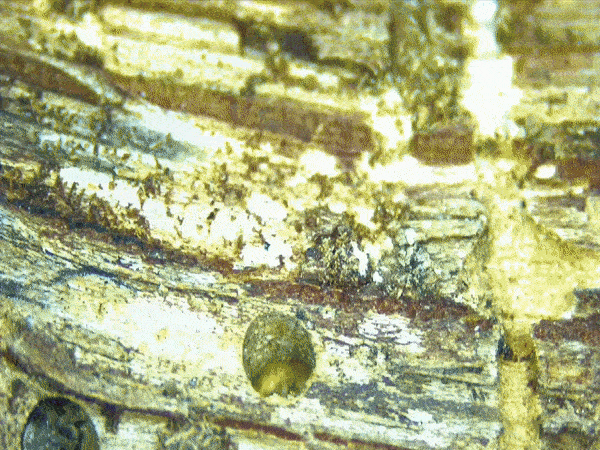Hello folks who wonder if spiders feel Halloween is the only time of the year when humans are rooting for them,
Imagine it's March 2020 and you just broke up with your childhood sweetheart or lost a pet or found out that Universal Pictures is producing yet another Fast and Furious installment. What happens to you now?
You get sad, hate this phase of life but then soon after, the shelter-in place orders are announced. So you rush to hoard toilet paper, since that is the only thing that can protect you in these uncertain times, see everything has been wiped clean(literally), come home, feeling hopeless and despair, and try to fall asleep. But the dark thoughts just won't let you fall asleep. You lose appetite, cannot concentrate at work, cannot meet friends physically, and soon you become depressed. You show subtle signs but since your zoom video is always off, they fail to notice that you are depressed and looking for help. By the time they notice it, it's too late.
You have now resorted to substituting pages from Harry Potter books for toilet paper.
Trees live a perilous life, trying to avoid being eaten when they are a sapling, competing with neighbors to fight for more sunshine, trying to soak more water from the depths of the soil. In most cases they can manage just fine, but when situations like a drought or extreme heat or when they get infected by a disease, they become weak. It is at this time, Bark Beetles make their move.
Bark beetles prefer dead, dying or weakened trees as a host to lay their eggs in it. These beetles are tiny and hard to notice if you are constantly watching TikTok.
Here is an adult Bark Beetle besides my nail to give you an idea of their size. (How dare you judge me for not painting my nails!)
So when an adult beetle detects a vulnerable or dead tree to lay their eggs, they drill into the bark of the tree. A healthy tree will release a substance that resembles crystallized honey to fight off this invasion. Weak trees have their bills to pay and other sh*t to take care and cannot afford to fight this invasion successfully. Dead trees don't really give a sh*t at this point of time. Once drilled into the bark, they lay their eggs near the phloem. Here the eggs hatch and tiny larvae start roaming around, digging mini tunnels(cute!) and messing with the plumbing of the tree. Furthermore, these beetles will give off chemical signals and post picturesque photos on their Instagram accounts that attract other bark beetles to start their families in this already miserable tree.
Here are some of the kinds of holes and tunnels they might dig when feeding off the inner bark.
By the time a living tree shows distinct signs of bark beetle infestation, it is usually too late. Next time you see a dead tree limb on your trail, pick it up and observe the tiny kids rooms created in this piece of wood. You might just find some leftover toys in one of these rooms.
We all know the life cycle of Lady beetles. They start off as eggs, hatch as a larva, spend their youth eating aphids, turn into a pupa, become adults and start looking for mates to start the cycle all over again for the next generation.
Let's take a closer look at one of the intermediate stages i.e. the pupa stage of these lady beetles. Next time you see one try to touch it and see if it reacts to your touch.
Nothing really. That is the effect my alarm clock has on me when I am fast asleep. Now let's take a look at another kind of lady beetle that surrounds us but rarely gets any media coverage. Introducing Fungus-eating Lady Beetles.
Fungus-eating lady beetles might be tiny in size but they pack quite a punch, in the fungus's belly at least. They are the vegans of the lady beetle family dining on the fungus growths on the surface of leaves thus preventing a fungus infestation on the plant.
But one thing I found fascinating in the pupa stage of these tiny creatures, is unlike the pupa of the typical lady beetles, these ones show they are awake and aware of their surroundings. At least that is what they pretend to do, just as I do in the zoom meetings at work.









No comments:
Post a Comment
Did you learn something new in this post? Let us know in the comments below